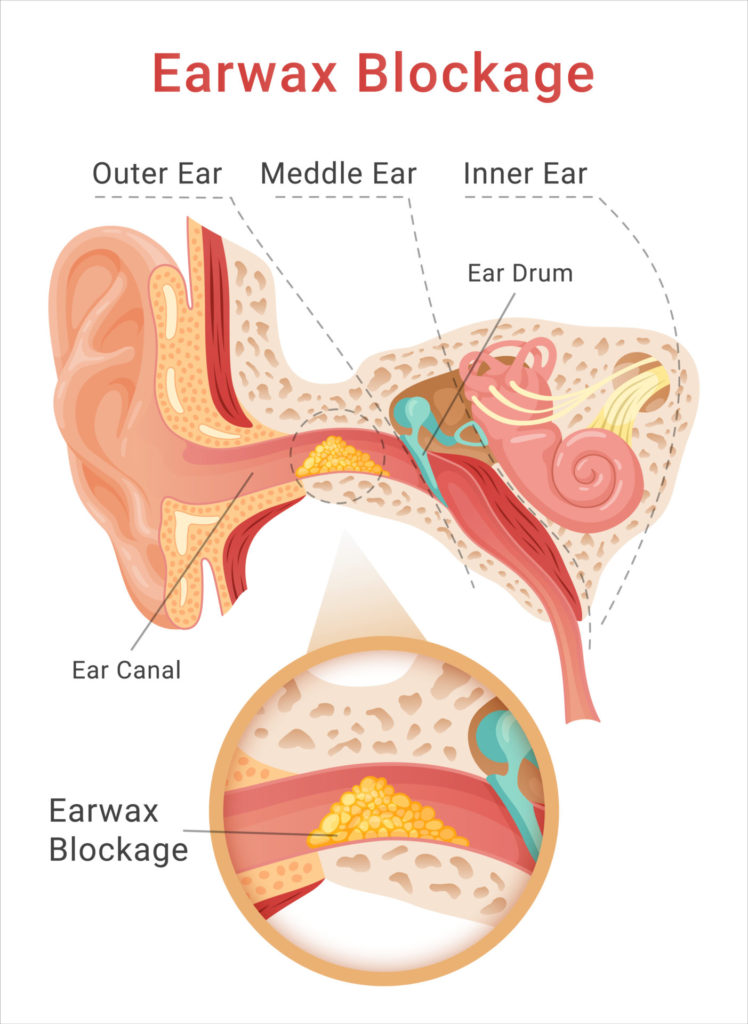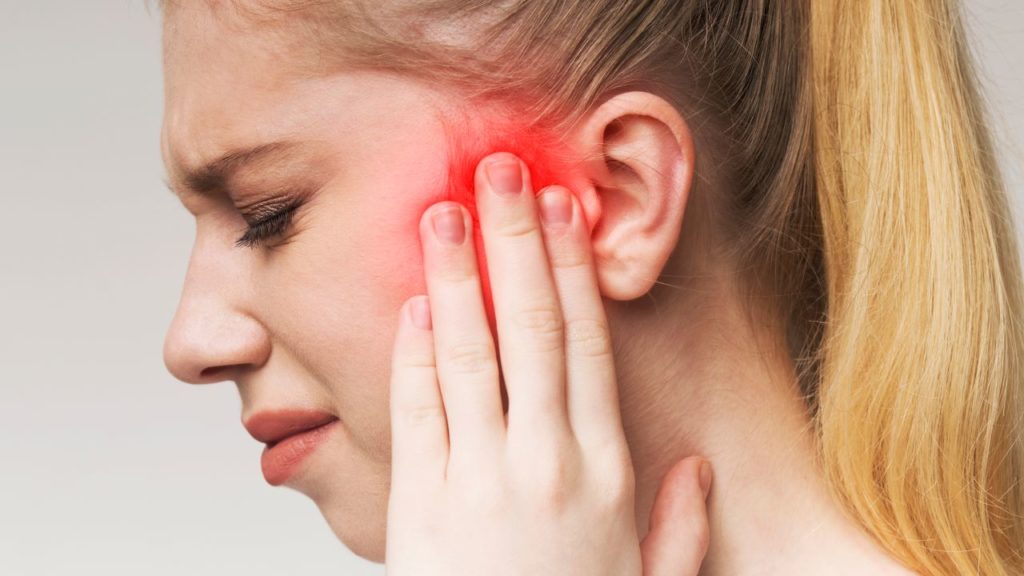Tinnitus is the experience of hearing sounds without an external source and can be incredibly frustrating to live with. The constant ringing, buzzing or humming that accompanies this condition can disrupt daily life and make it hard to focus or sleep. One common question that many people ask is: Can ear wax cause tinnitus?
The short answer is, yes! Ear wax can contribute to the effects of tinnitus, and in this blog, we’re going to explore that connection, how an ear wax build-up can lead to this issue and the best ways to manage it.
Understanding tinnitus
Tinnitus is a condition where sounds are heard, such as ringing, buzzing, hissing or even roaring, when there is no external sound source. For some, it’s a soft background noise, while for others, it can be loud and disruptive.
Tinnitus can be temporary or chronic. Temporary tinnitus might occur after exposure to loud music or a noisy environment, while chronic tinnitus is often a long-term condition that is best dealt with using managed treatment.
Several factors can cause tinnitus, including hearing loss, exposure to loud noise and even medication side effects. However, ear-related issues, such as a build-up of ear wax, are a frequent cause, and thankfully one of the easiest to resolve.
Tinnitus is more common than many people realise. In the UK, it’s estimated that around 7.6 million people live with tinnitus, with varying degrees of severity. Understanding the role ear wax plays can be a key step towards relief for those suffering from the condition.
Understanding ear wax
Ear wax (otherwise known as cerumen), is a natural substance produced by glands in the ear canal. It plays an essential role in protecting the ears by trapping dust, debris and bacteria, preventing them from entering the inner ear. Ear wax also moisturises the ear canal, preventing it from becoming dry and irritated.
Most people’s ears clean themselves naturally. The wax, along with the trapped debris, gradually works its way out of the ear canal, where it either falls out or can be easily wiped away. However, some people experience excessive ear wax build-up, which can occur for several reasons. Overproduction of wax and improper cleaning methods like using cotton buds (which tend to push the wax deeper into the ear canal) can all contribute to a blockage.
When ear wax builds up and hardens, it can lead to various symptoms, including hearing difficulties, a feeling of fullness in the ear, dizziness and tinnitus.

How ear wax causes tinnitus
The link between ear wax and tinnitus is clear, and several mechanisms can explain how excessive ear wax can trigger this uncomfortable condition.
Blockage and sound disruption
Ear wax build-up can lead to a blockage in the ear canal. This blockage can muffle or distort external sounds, making internal sounds (like blood flow in the ear or head) more noticeable. When the ear is unable to process external sounds properly, it can lead to the perception of phantom sounds, often experienced as tinnitus.
Pressure on the eardrum
When ear wax accumulates in large amounts, it can press against the eardrum. This pressure can not only cause discomfort and hearing loss but also lead to tinnitus. The eardrum is a highly sensitive part of the ear, and even a small amount of pressure can cause irregularities in the way it functions, resulting in the perception of sound when there is none.
Infection risk
If ear wax is not managed and continues to accumulate, it can increase the risk of infection in the ear canal. Ear infections are another common cause of tinnitus, as they can irritate and inflame the ear’s delicate structures. This irritation can intensify tinnitus symptoms, making them more persistent and noticeable.
Eardrum stimulation
Excess ear wax might directly irritate the eardrum or the auditory system. Any irritation to the sensitive structures of the ear, particularly the eardrum, can create abnormal signals that are interpreted by the brain as tinnitus.
Many people who experience tinnitus due to ear wax build-up report significant relief after the ear wax is removed. Removing earwax should be performed by an experienced audiologist or healthcare provider who is trained in the removal of earwax. Earwax is typically removed by using irrigation or microsuction methods, each with its advantages and disadvantages.
Identifying ear wax-related tinnitus
If you suspect that ear wax might be contributing to your tinnitus, it’s essential to look for these related symptoms:
- Difficulty hearing or muffled sounds
- A feeling of fullness or pressure in the ear
- Dizziness or balance issues
- Ear pain or discomfort
- Visible wax in the ear canal
- Ringing or buzzing in one or both ears (tinnitus)
These symptoms often occur simultaneously. If you are experiencing hearing loss or a sense of blockage in your ear along with tinnitus, there’s a good chance that ear wax might be the culprit.
Here are some self-assessment questions you can ask yourself. If you answer yes to any of these questions, we suggest you book an appointment to see us:
- Do you hear ringing or buzzing sounds in your ears?
- Do you feel a sensation of fullness or blockage in your ear?
- Have you tried cleaning your ear with a cotton bud or a similar item?

Ear wax removal for tinnitus relief
If your tinnitus is caused by ear wax, the good news is that it can be easily resolved with proper ear wax removal.
At-home methods
For minor ear wax build-up, ear drops can be effective. Over-the-counter options, like hydrogen peroxide-based solutions or olive oil, can soften the wax, making it easier to come out naturally. However, care should be taken not to use cotton buds or attempt to manually remove wax, as this can push the wax further in and worsen the blockage.
Professional earwax removal
For more stubborn or severe blockages, professional earwax removal is often necessary. Procedures like microsuction, irrigation or manual removal by a trained audiologist can clear the wax safely and effectively. Microsuction is a popular choice as it’s a quick and painless method that uses gentle suction to remove the wax.
What to expect after removal
Many people find that their tinnitus improves or even disappears after ear wax removal. While the relief can be immediate for some, others may notice a gradual improvement as the ear recovers from the pressure or irritation. In some cases, tinnitus might persist slightly before fully subsiding.
If you believe you’re suffering from earwax-induced tinnitus, use our online booking system to secure an appointment with us at one of your local clinics.
